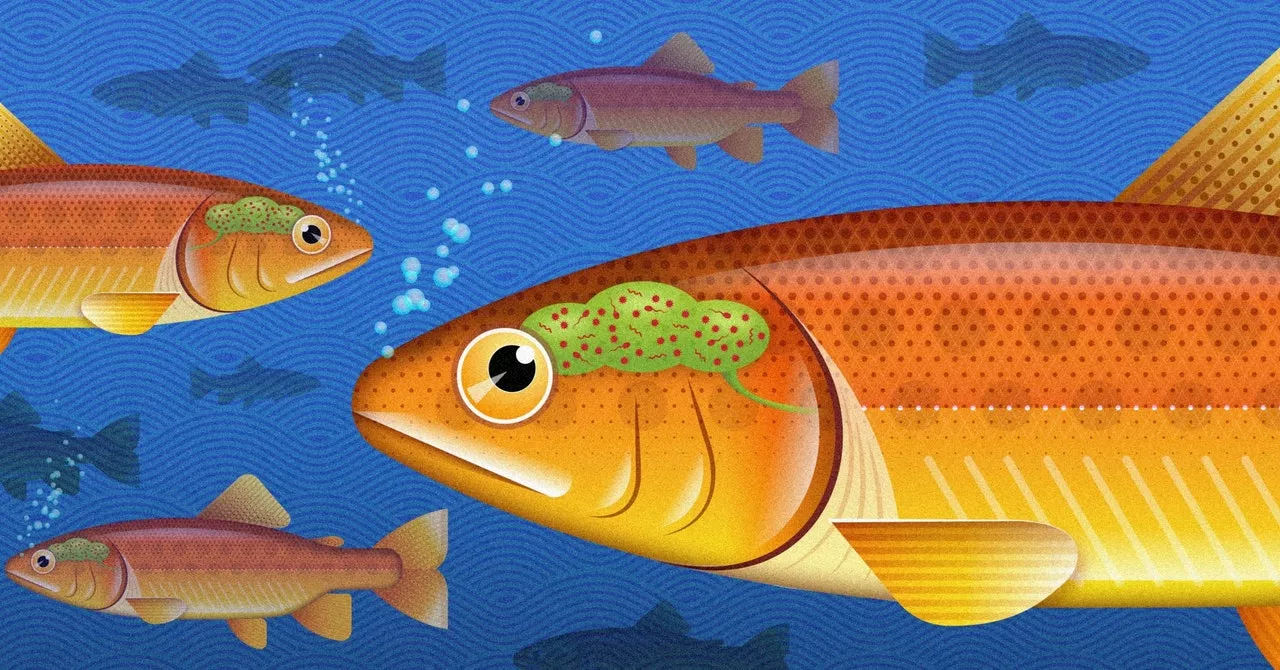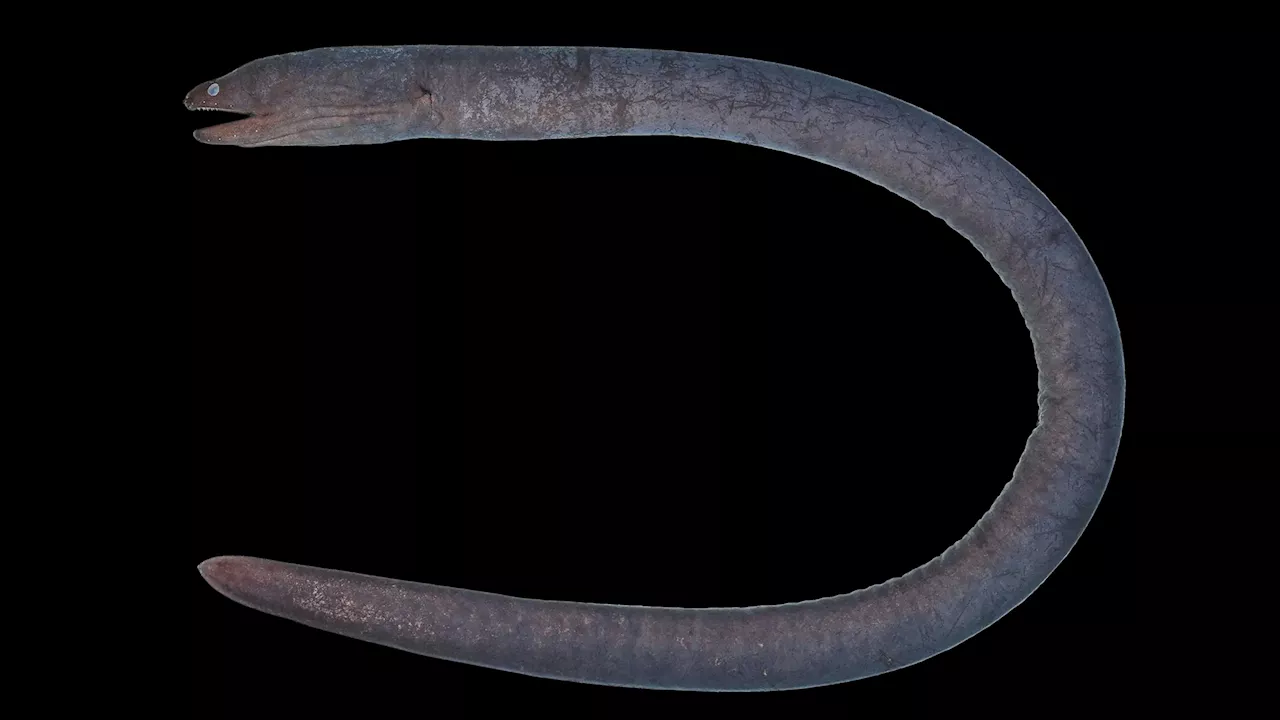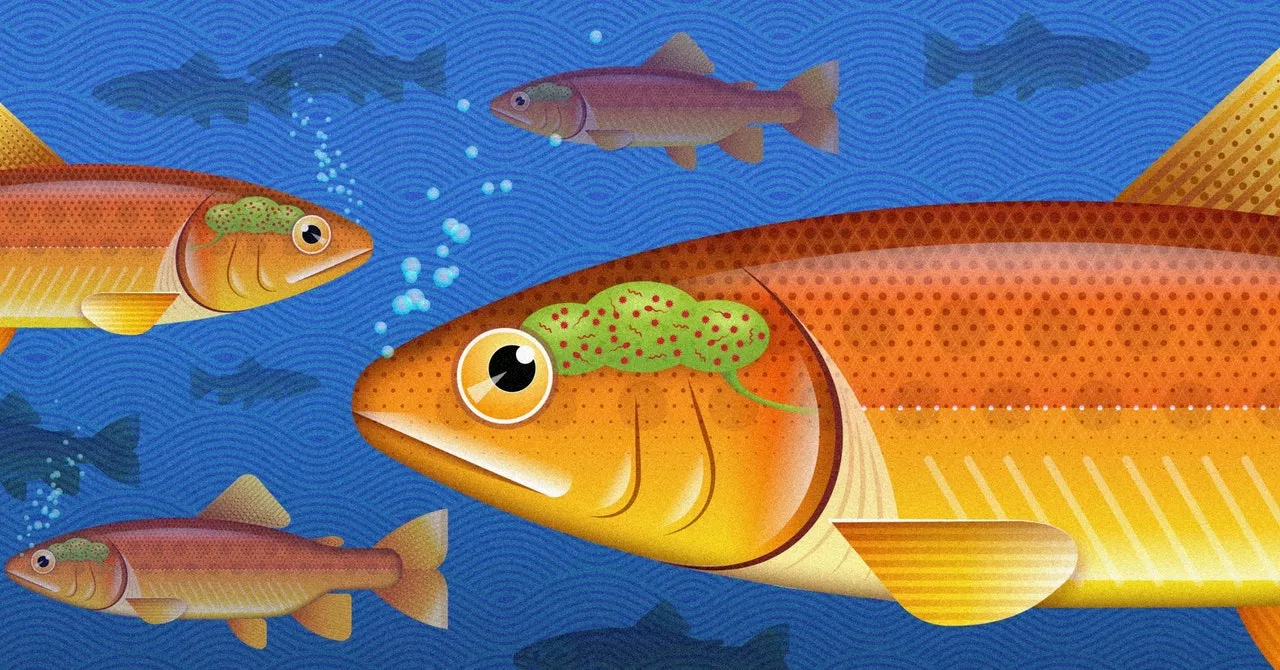Recent research has provided compelling evidence that bacteria can exist in the brains of healthy vertebrates, specifically fish. This challenges the long-held belief that the brain is protected from outside microbial invasion by the blood-brain barrier. The study, published in Science Advances, found diverse communities of bacteria in the brains of salmon and trout, with some species showing adaptations to survive in brain tissue and cross the blood-brain barrier. While fish physiology differs from humans, this discovery raises intriguing possibilities about the existence of a human brain microbiome and its potential impact on neurobiology.
Bacteria are in, around and all over us. They thrive in almost every corner of the planet, from deep-sea hydrothermal vents to high up in the clouds, to the crevices of your ears, mouth, nose, and gut. But scientists have long assumed that bacteria can’t survive in the human brain. The powerful blood-brain barrier, the thinking goes, keeps the organ mostly free from outside invaders.
By comparing microbial DNA from the brain to that collected from other organs, her lab found a subset of species that didn’t appear elsewhere in the body. Salinas hypothesized that these species may have colonized the fish brains early in their development, before their blood-brain barriers had fully formed. “Early on, anything can go in; it’s a free-for-all,” she said. But many of the microbial species were also found throughout the body.
MICROBIOME BRAIN BACTERIA FISH IMMUNE SYSTEM
United States Latest News, United States Headlines
Similar News:You can also read news stories similar to this one that we have collected from other news sources.
 Fish Brains Harbor Bacteria, Fueling Debate About Human MicrobiomeA new study finds evidence of bacteria thriving in the brains of fish, raising questions about whether a similar microbiome exists in humans.
Fish Brains Harbor Bacteria, Fueling Debate About Human MicrobiomeA new study finds evidence of bacteria thriving in the brains of fish, raising questions about whether a similar microbiome exists in humans.
Read more »
 Our Gut Bacteria: The Key to Fighting Infections?New research reveals the crucial role gut bacteria play in protecting us from harmful bacteria like Enterobacteriaceae. The study analyzed thousands of stool samples and found that the types of bacteria in our gut are closely linked to whether harmful species can take over. The presence of certain bacteria, known as 'co-excluders,' can prevent the growth of harmful bacteria by producing short-chain fatty acids. This finding opens new avenues for preventing and treating infections without relying on antibiotics.
Our Gut Bacteria: The Key to Fighting Infections?New research reveals the crucial role gut bacteria play in protecting us from harmful bacteria like Enterobacteriaceae. The study analyzed thousands of stool samples and found that the types of bacteria in our gut are closely linked to whether harmful species can take over. The presence of certain bacteria, known as 'co-excluders,' can prevent the growth of harmful bacteria by producing short-chain fatty acids. This finding opens new avenues for preventing and treating infections without relying on antibiotics.
Read more »
 New Species of Moray Eel Found Thriving in Muddy River MouthsA new species of moray eel, the Hades’ snake moray (Uropterygius hades), has been discovered in muddy river mouths across several countries in the Pacific Ocean. This eel, unlike its brightly colored saltwater counterparts, is dark brown and appears to be an expert burrower, exhibiting unique adaptations for its brackish water habitat.
New Species of Moray Eel Found Thriving in Muddy River MouthsA new species of moray eel, the Hades’ snake moray (Uropterygius hades), has been discovered in muddy river mouths across several countries in the Pacific Ocean. This eel, unlike its brightly colored saltwater counterparts, is dark brown and appears to be an expert burrower, exhibiting unique adaptations for its brackish water habitat.
Read more »
 Magnesium Weakness Found in Drug-Resistant BacteriaA new study reveals that some drug-resistant bacteria, by tightly binding to magnesium for antibiotic defense, limit their energy production and growth. This vulnerability can be exploited to selectively suppress resistant strains, offering a novel approach to combatting antibiotic resistance.
Magnesium Weakness Found in Drug-Resistant BacteriaA new study reveals that some drug-resistant bacteria, by tightly binding to magnesium for antibiotic defense, limit their energy production and growth. This vulnerability can be exploited to selectively suppress resistant strains, offering a novel approach to combatting antibiotic resistance.
Read more »
 Microplastics Found in Fish Consumed in OregonA new study from Portland State University researchers reveals the presence of microplastics in six commercially and culturally important fish species consumed in Oregon. The study, led by Professor Elise Granek, highlights the need for solutions to reduce microfiber pollution entering the environment.
Microplastics Found in Fish Consumed in OregonA new study from Portland State University researchers reveals the presence of microplastics in six commercially and culturally important fish species consumed in Oregon. The study, led by Professor Elise Granek, highlights the need for solutions to reduce microfiber pollution entering the environment.
Read more »
 Body found in same Austin lake where 6 other deceased individuals were found in 2024A body was found in a Texas lake, the same site where other deceased individuals have been discovered in recent months, authorities said.
Body found in same Austin lake where 6 other deceased individuals were found in 2024A body was found in a Texas lake, the same site where other deceased individuals have been discovered in recent months, authorities said.
Read more »
